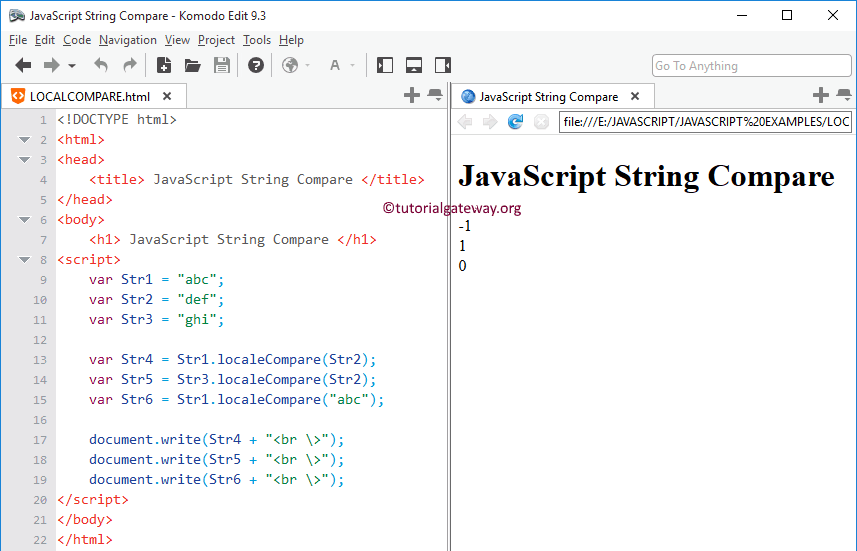Compare Hard Code String Helm Template
Compare Hard Code String Helm Template - I want to loop through a values file to create a namespace and a networkpolicy in/for that namespace, except for default. 2 min read | by jordi prats. If you call this with template, the template pipeline syntax applies to the template parameter. You might compare values in helm templates to: By understanding the evolution of syntax and. Maybe one of the main challenges about helm is the complexity of it's template rendering engine: Until this is fixed ( see issue.
I only want to create the policy and not the namespace for. I want to loop through a values file to create a namespace and a networkpolicy in/for that namespace, except for default. When we can solve something in, say, eight different ways, as beginners, it may be hard to know which path would be best. So let’s go through a list of general guidelines,.
It’s possible to see this for charts listed on artifact hub. Have you ever wondered, what changed in the templates between two versions of a helm chart? For example, >= 1.2 < 3.0.0 || >= 4.2.3 is looking for. The braces {{and }} are the opening and closing brackets to enter and. I only want to create the policy and not the namespace for. I want to loop through a values file to create a namespace and a networkpolicy in/for that namespace, except for default.
Comparing Helm Templates Between Versions Artifact Hub Blog
By understanding the evolution of syntax and. First, a comparison string is a list of space or comma separated and comparisons. When we can solve something in, say, eight different ways, as beginners, it may be hard to know which path would be best. Helm template dictionary objects offer a flexible and powerful way to manage properties within kubernetes deployments. The helm template syntax is based on the go programming language's text/template package.
These are then separated by || (or) comparisons. To view a diff, navigate. If you call this with template, the template pipeline syntax applies to the template parameter. You cannot currently (in golang 1.9, but available in 1.11, see update above) reassign template variables because if introduces a new scope.
Have You Ever Wondered, What Changed In The Templates Between Two Versions Of A Helm Chart?
But sometimes it's necessary to add some template logic that is a little more. Maybe one of the main challenges about helm is the complexity of it's template rendering engine: You might compare values in helm templates to: Until this is fixed ( see issue.
To View A Diff, Navigate.
So let’s go through a list of general guidelines,. Helm template dictionary objects offer a flexible and powerful way to manage properties within kubernetes deployments. When we can solve something in, say, eight different ways, as beginners, it may be hard to know which path would be best. These are then separated by || (or) comparisons.
I Only Want To Create The Policy And Not The Namespace For.
Let's embark on a comprehensive journey to unravel the intricacies of helm template string condition checks, equipping you with the knowledge to troubleshoot common issues and. 2 min read | by jordi prats. For a more direct example, consider a template that just quotes its parameter. This guide specifically explores how to compare value helm templates within a kubernetes context, providing insight into several associated components including api calls,.
The Helm Template Syntax Is Based On The Go Programming Language's Text/Template Package.
If you call this with template, the template pipeline syntax applies to the template parameter. I want to loop through a values file to create a namespace and a networkpolicy in/for that namespace, except for default. It’s possible to see this for charts listed on artifact hub. By understanding the evolution of syntax and.
For a more direct example, consider a template that just quotes its parameter. Maybe one of the main challenges about helm is the complexity of it's template rendering engine: The braces {{and }} are the opening and closing brackets to enter and. Helm template dictionary objects offer a flexible and powerful way to manage properties within kubernetes deployments. You might compare values in helm templates to:






![How To Create Helm Chart Beginners Guide]](https://i2.wp.com/devopscube.com/wp-content/uploads/2022/12/helm-template-800x726.png)
